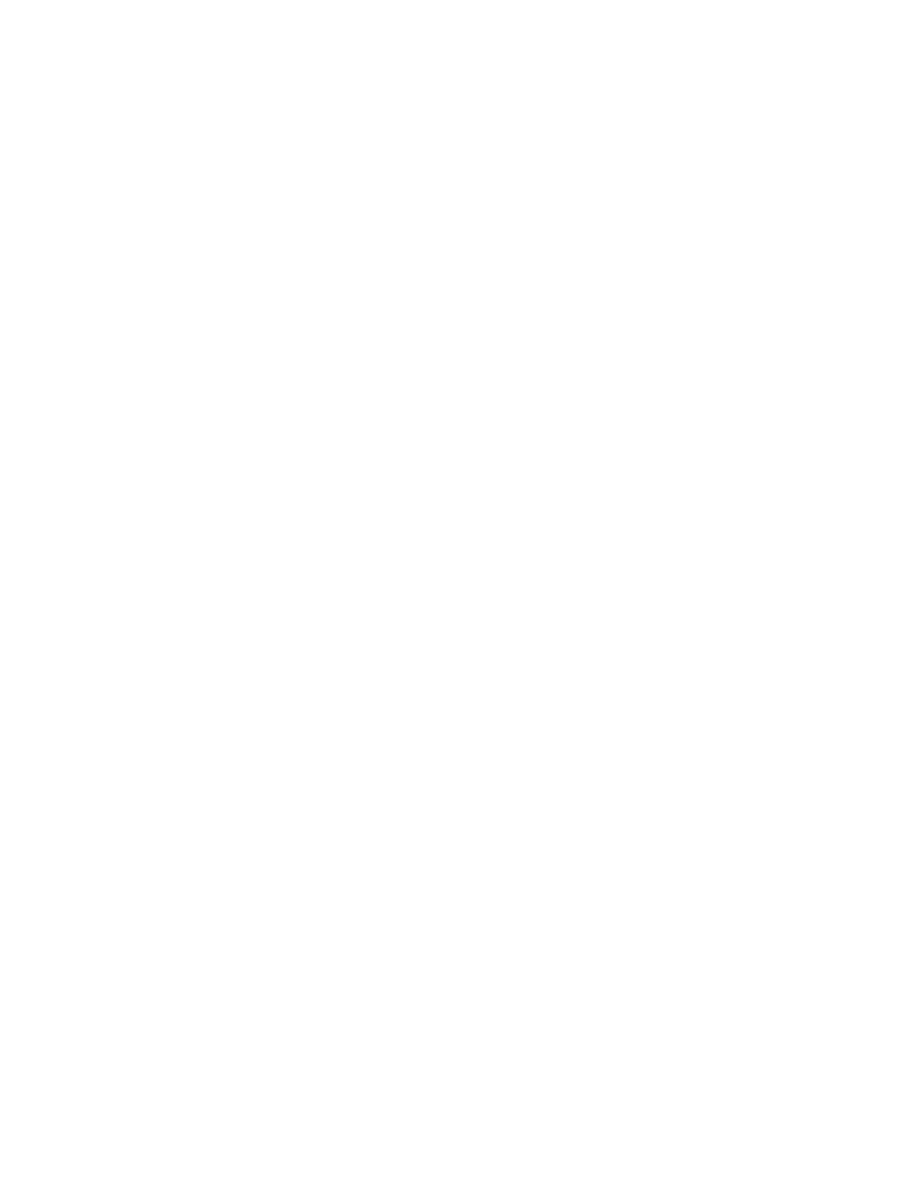Express 2500 V8-6.6L DSL Turbo (2010)

Fuel Injector: Testing and Inspection
Fuel Injector Diagnosis
Fuel Injector Diagnosis
Diagnostic Instructions
*
Perform the Diagnostic System Check - Vehicle (See: Testing and Inspection/Initial Inspection and Diagnostic Overview/Diagnostic System
Check - Vehicle) prior to using this diagnostic procedure.
*
Review Strategy Based Diagnosis (See: Testing and Inspection/Initial Inspection and Diagnostic Overview/Strategy Based Diagnosis) for an
overview of the diagnostic approach.
*
Diagnostic Procedure Instructions (See: Testing and Inspection/Initial Inspection and Diagnostic Overview/Diagnostic Procedure Instructions)
provides an overview of each diagnostic category.
Circuit/System Description
The fuel injectors are cooled by a calibrated amount of fuel flow through the injector body to the injector return lines. This is referred to as injector
return flow leakage. Engine temperature, vehicle load and the fuel type used effect the amount of return flow through the injectors. If the injectors are
worn, damaged or contaminated, the amount of fuel flowing through the injector body may increase, resulting in improper injector performance.
Reference Information
Schematic Reference
Engine Controls Schematics (See: Diagrams/Electrical Diagrams)
Special Tools
*
J 45873 Fuel Return Volume Test Kit
*
J-45873-30 Injector Flow Test Adapter
*
CH-50378 Injector Leakage Adaptor
*
CH-50377-A Fuel Injector Return Line Plug
Diagnostic Aids
*
Contaminated fuel or incorrect fuel may cause high fuel return flow.
*
The fuel return volumes vary based on the American Petroleum Institute (API) rating of the diesel fuel.
*
A fuel injector may have high fuel return flow only at higher engine temperatures.
Circuit/System Testing
Note:
*
If you were not referred to this test from another diagnostic, do not perform this procedure.
*
Only perform this test when the fuel temperature is warmer than 18°C (65°F).
*
Measure and record the fuel return rates for each injector.
1. Install the CH-50378 and the CH-50377-A to any one of the fuel injectors.
2. Connect the yellow hoses from the J 45873 to the J-45873-30.
3. Connect the J-45873-30 with yellow hoses to the fuel injector leakage adaptor and install the retaining clips.
4. Install the yellow hose in one of the J 45873 graduated cylinders.
Note: At may take several minutes to purge the air from the yellow hose.
5. Run the engine until fuel starts dripping into all the graduated cylinders and yellow hoses are full of fuel.
6. Elevate the yellow hose to retain the fuel in the hoses, and empty the graduated cylinder into a suitable container. Return the yellow hose to the
empty graduated cylinder.
7. Idle the engine for 1 minute.
Note: During replacement of the injectors, inspect the inlet and outlet fittings for corrosion or contamination. Refer to Contaminants-in-Fuel
Diagnosis (See: Computers and Control Systems/Testing and Inspection/Component Tests and General Diagnostics/Contaminants-in-Fuel
Diagnosis).
8. Measure and record the quantity of fuel in the graduated cylinder. Repeat this process for each fuel injector. Refer to Fuel System Specifications (
See: Specifications/Fuel System Specifications) for maximum single fuel injector return flow.
‹› If greater than the specified value, replace those fuel injectors that had high return flow and retest the fuel return flow, refer to Fuel System
Specifications (See: Specifications/Fuel System Specifications). Replace any additional high return flow injectors and proceed to the next
